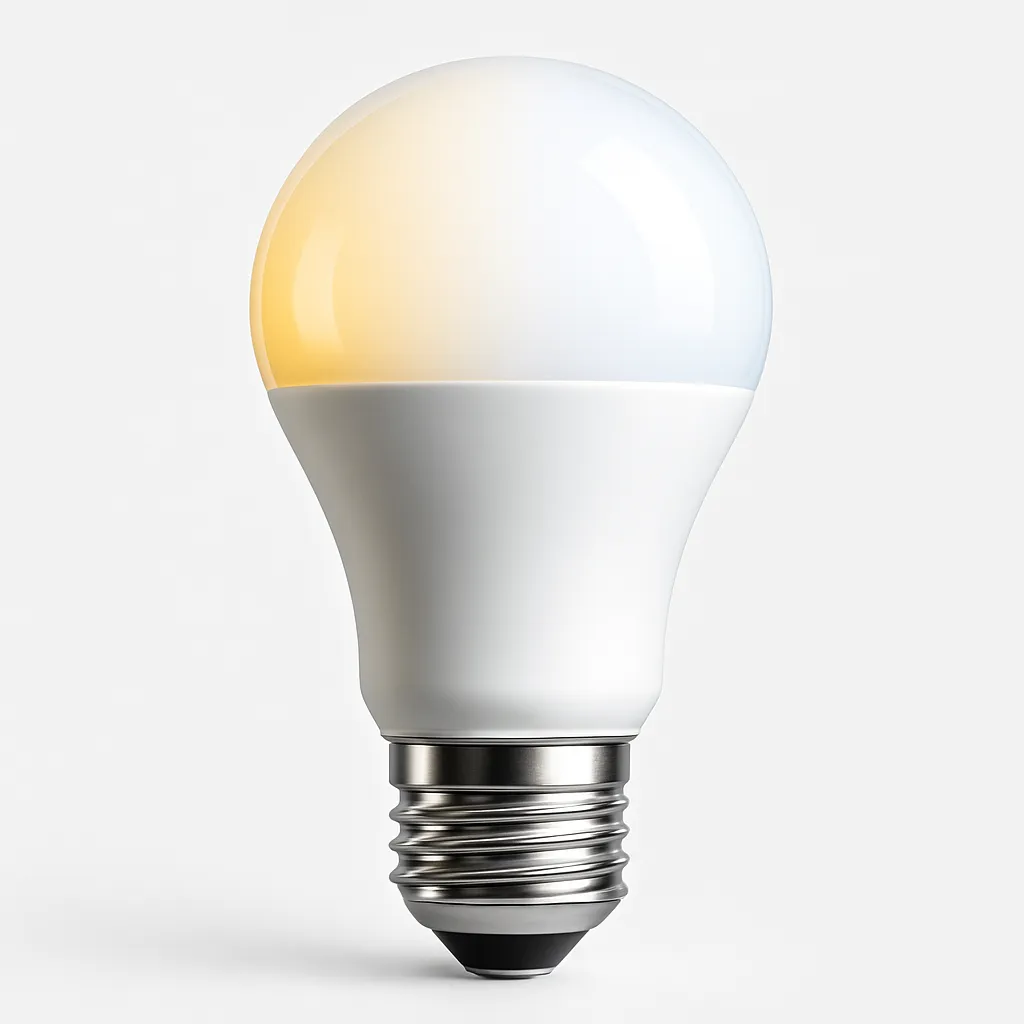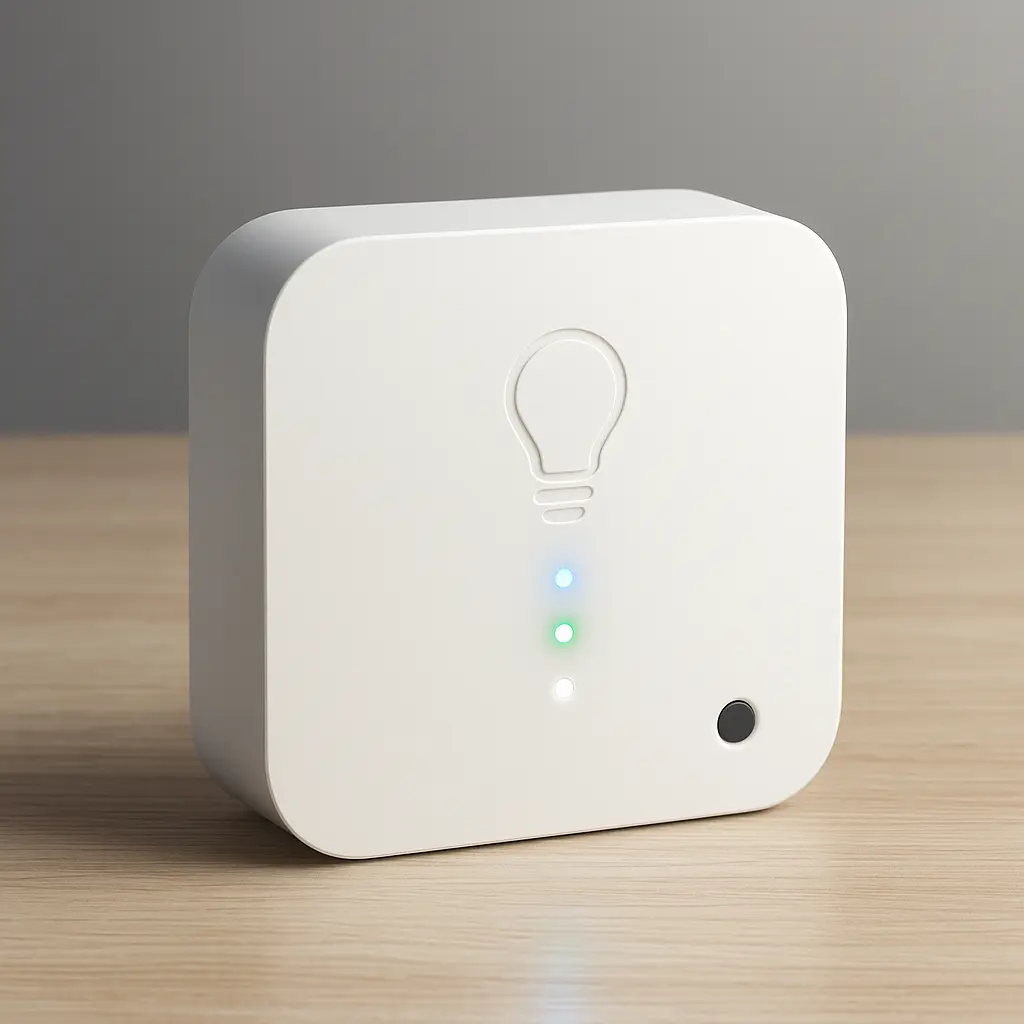Blue light from screens and LED bulbs blocks your body's natural melatonin release-the hormone that signals it's time to sleep. Exposure after dark tricks your brain into thinking it's still daytime, making it harder to fall asleep or feel rested.
1. The Science Behind the Spectrum
Visible light spans wavelengths from about 380 nm (violet) up to 740 nm (red). Not all wavelengths are perceived or used equally by our bodies-or by plants. In humans, specific receptors in the eye (called intrinsically photosensitive retinal ganglion cells, or ipRGCs) are most sensitive to blue-green light around 480 nm. That peak sensitivity is what drives our circadian rhythms-telling our brain when to wake up, stay alert, and wind down.
Traditional warm-white bulbs (2700-3000 K) emphasize the red and amber end of the spectrum, which helps you relax in the evening. Cool-white LEDs (5000-6500 K) boost blue and green wavelengths, increasing alertness and mimicking midday sun.
- Blue (450-495 nm): Most effective at suppressing melatonin and increasing alertness-ideal for morning and daytime use.
- Green (495-570 nm): Also contributes to circadian signaling, with a slightly gentler effect than blue.
- Amber/Red (590-740 nm): Minimal impact on circadian receptors-perfect for evening lighting that won't disrupt sleep.
Modern tunable-white or full-spectrum LEDs allow you to shift smoothly between these zones. By matching the spectral output to your body's natural sensitivity curve, you can create lighting that feels "natural" all day-energizing when you need it and gentle when it's time to rest.
2. Timing Your Light for Maximum Benefit
Proper scheduling of your lighting has a powerful impact on your circadian rhythm.
Follow these timing guidelines to maximize the benefits:
-
Morning light:
Expose yourself to bright, cool white light (5000-6500K) for at least 20-30 minutes
within the first hour after waking to kickstart your internal clock.
-
Midday boost:
If possible, add another 15-20 minute session of bright light around midday to maintain
energy and focus.
-
Afternoon taper:
Reduce intensity and shift to neutral white (3500-4500K) in the late afternoon to gently
signal the approach of evening.
-
Evening dimming:
About two hours before bedtime, switch to warm, low-intensity light (2700-3000K) to promote
melatonin production and relaxation.
-
Night blackout:
After your lights go off, minimize all exposure to artificial light, especially blue light
from screens, to maintain a healthy sleep cycle.
Using smart bulbs or a programmable lighting system makes it easy to automate these changes,
so your body always gets the right cue at the right time.
3. Measuring & Adjusting Intensity
Light intensity is measured in PAR (Photosynthetically Active Radiation) for plants,
but for human health we focus on illuminance (lux) and melanopic equivalent daylight illuminance (mEDI).
Here are the key steps:
-
Use a light meter app or device:
Aim for 2000-5000 lux at eye level in the morning and daytime work areas.
-
Check melanopic lux:
Some advanced meters or smartphone apps can estimate mEDI.
Target 250-300 mEDI for strong circadian stimulation.
-
Adjust distance:
Move fixtures closer or farther until your meter reads the desired lux level at the seating or task area.
-
Modify output:
Many tunable bulbs let you adjust total output (power setting) and color;
lowering power reduces intensity while maintaining spectrum.
-
Balance uniformity:
For even coverage, aim for less than a 2:1 ratio between the brightest and dimmest spots.
Use reflectors or multiple fixtures to fill in shadows.
Once set, automate or schedule your fixtures so intensity changes align with your daily routine -
bright and stimulating by day, gentle and low-intensity by evening.
4. Expert Case Studies
Corporate Office Revamp
A global marketing firm installed tunable white LEDs in their open-plan workspace. Employees exposed to 5000-6000K light from 8 am-12 pm reported a 20 percent increase in alertness and a 15 percent reduction in afternoon fatigue over a two-week trial.
Senior Living Community
At Evergreen Retirement Home, dynamic circadian lighting was deployed in common areas and private rooms. A pilot study by Dr. Jones at University Health Center found a 12 percent improvement in residents' sleep efficiency and decreased evening restlessness after four weeks.
Home Study Environment
A college student retrofitted their dorm room with cool, bright lighting (5500K) for study sessions and warm, low-intensity lighting (2700K) after 8 pm. Self-reported focus scores rose by 30 percent, and sleep logs showed faster sleep onset.
5. Product & Setup Recommendations

Tunable-White LED Bulbs
Choose A19 or PAR30 bulbs with a 2700-6500K range and adjustable output. Top picks:
Philips Hue White Ambiance, LIFX Mini White, and Sylvania Smart+.

Smart Lighting Controllers
Use a hub or switch-Philips Hue Bridge, Lutron Caseta, or Ikea TRADFRI Gateway-to
automate schedules, color shifts, and intensity changes.

Light Meters & Apps
Measure illuminance and melanopic lux with a device like Sekonic C-7000 or smartphone
apps such as LightMeter or Lux Light Meter Pro.
Setup Tips
- Mount fixtures 3-5 feet above your workspace at a slight downward angle.
- Use multiple lights or diffusers for even coverage and to avoid hotspots.
- Position warm accent lights behind seating areas for a cozy evening glow.
- Automate your light schedule via your smart home app to match your daily routine.




